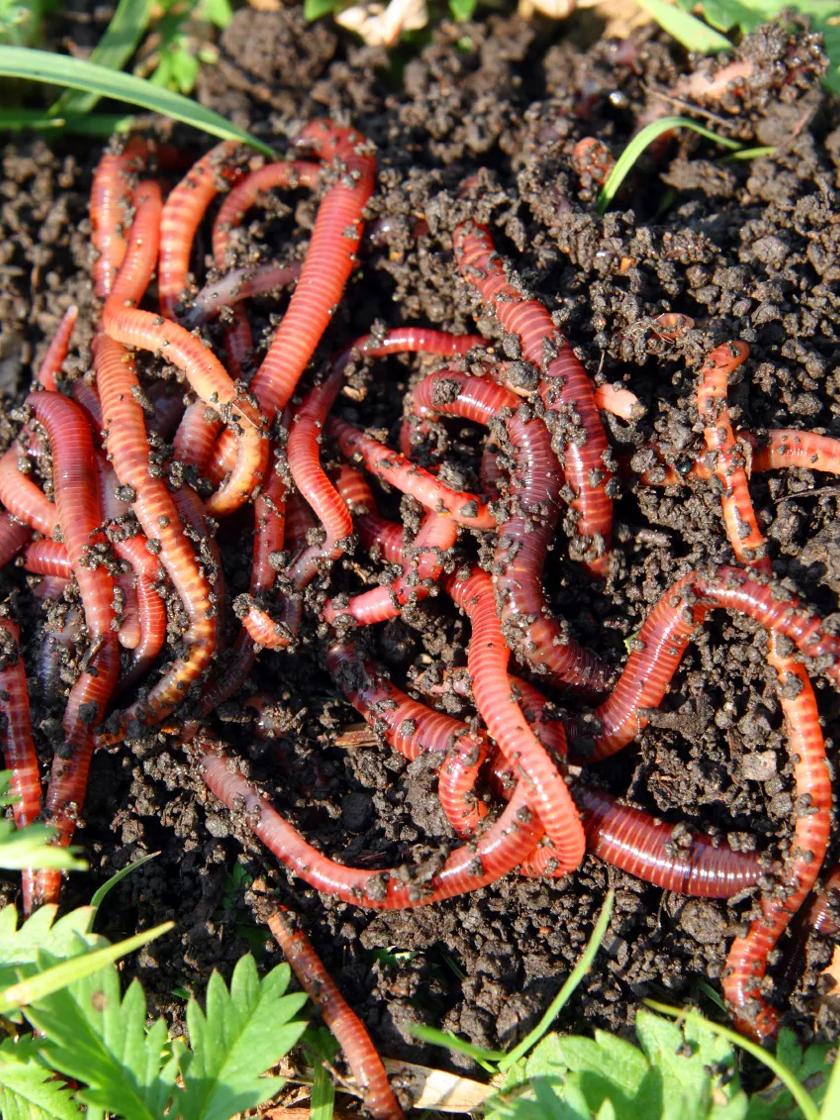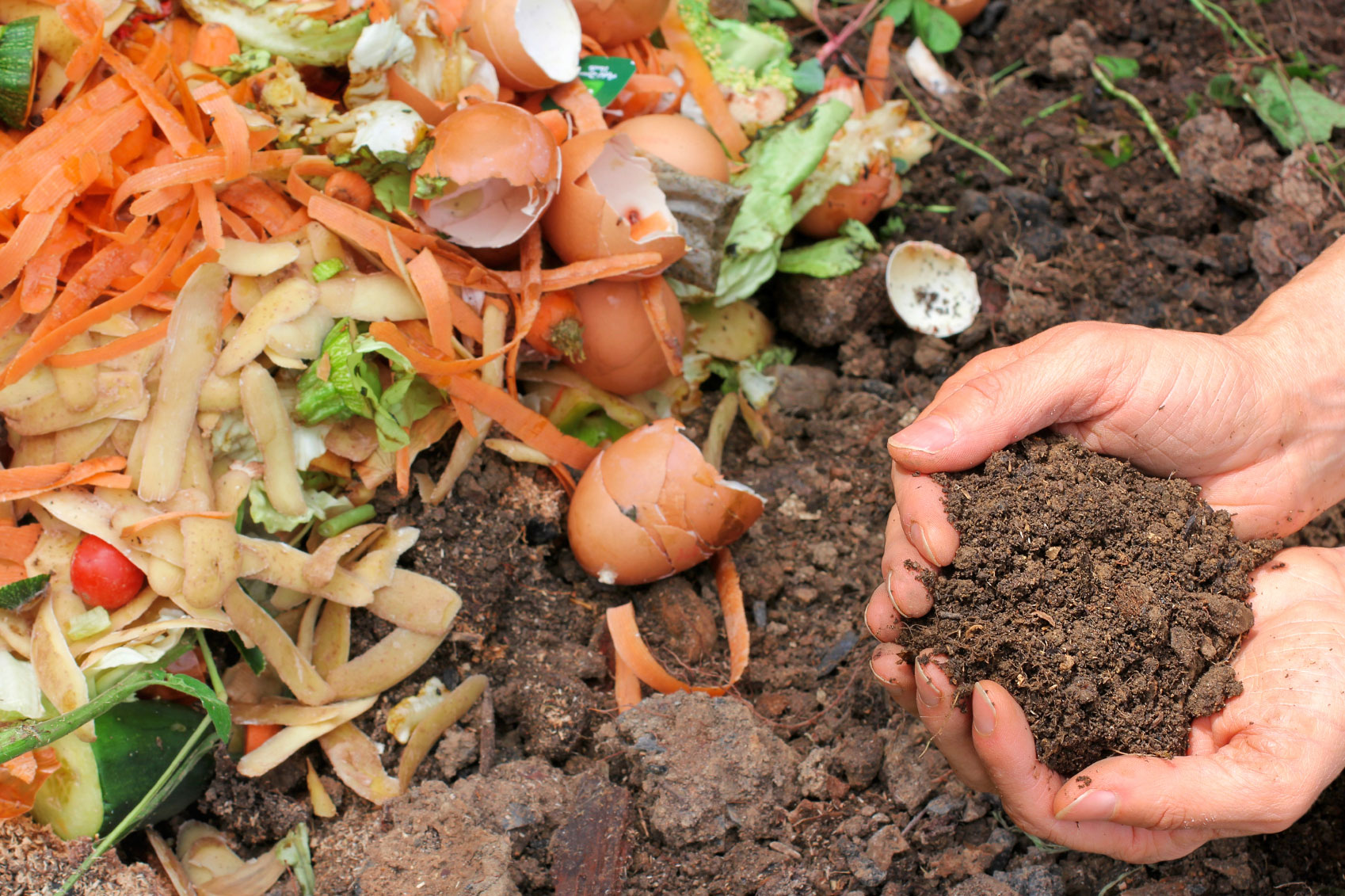Unlock the Conveniences of Red Wiggler Composting for Your Organic Yard
Unlock the Conveniences of Red Wiggler Composting for Your Organic Yard
Blog Article
Discovering the Devices of Red Wiggler Composting: A Comprehensive Overview to the Process and Its Favorable Impact on Lasting Horticulture Practices
The elaborate systems of red wiggler composting, utilizing the special physiology of Eisenia fetida, offer a compelling opportunity for enhancing lasting horticulture practices. This procedure not just changes natural waste into nutrient-dense vermicompost however likewise cultivates a much healthier dirt environment via boosted oygenation and microbial activity. As metropolitan horticulture gains traction, recognizing the subtleties of this composting approach becomes increasingly pertinent. The trip right into its myriad advantages and ideal methods is just starting, motivating a closer evaluation of how this technique can reshape our horticulture approaches.
Understanding Red Wigglers
Red wigglers, medically understood as Eisenia fetida, are a types of earthworm extremely pertained to for their performance in composting natural waste. These worms flourish in nutrient-rich atmospheres, particularly in decaying organic matter, making them perfect for vermicomposting systems - Red Wiggler Composting. Defined by their reddish-brown coloration and segmented bodies, red wigglers are smaller than typical earthworms, commonly measuring between 3 to 4 inches in length
Their unique physiological qualities enhance their composting capabilities; as an example, they possess a high reproductive price, allowing populations to increase swiftly under ideal conditions. Red wigglers take in organic product, breaking it down via their gastrointestinal systems, which results in nutrient-rich castings that serve as a superb natural plant food. Their voracious appetite allows them to process big quantities of food waste effectively, dramatically decreasing garbage dump payments.
Along with their composting prowess, red wigglers play a crucial role in soil health and wellness. Red Wiggler Composting. They aerate the soil and facilitate the decay of raw material, more enriching the dirt community. Understanding the qualities and eco-friendly benefits of red wigglers is necessary for anyone aiming to apply sustainable horticulture techniques through reliable composting approaches
The Composting Process
The composting process entails breaking down organic products into nutrient-rich compost, a job that red wigglers excel at due to their specialized gastrointestinal systems. These worms consume food scraps, lawn waste, and other organic matter, changing them right into useful garden compost via a collection of chemical and biological processes.
At first, the raw material is blended with bed linen materials such as shredded paper or dried fallen leaves, producing an optimum atmosphere for the worms. As the red wigglers ingest this mix, they break it down with their digestive tract, where microbes additionally decay the material. This process produces warmth, advertising microbial activity, which accelerates disintegration.

Benefits of Red Wiggler Composting
Eco-conscious people and several garden enthusiasts acknowledge the numerous benefits of red wiggler composting, making it a popular choice for effective waste monitoring. One of the key advantages is its capability to considerably lower natural waste in landfills - Red Wiggler Composting. Red wigglers effectively damage down kitchen area scraps and other naturally degradable products, transforming them into nutrient-rich vermicompost that enhances soil health and wellness
Furthermore, red wiggler composting improves soil framework and fertility. The resulting vermicompost is bristling with valuable bacteria, which advertise plant development and boost nutrient retention. This natural plant food not only sustains sustainable horticulture practices however additionally minimizes dependence on chemical plant foods, promoting a you can look here much healthier ecosystem.
Additionally, red wiggler composting is a space-efficient approach, making it optimal for city gardeners with restricted room. The process can be conducted inside your home or outdoors, enabling for year-round composting despite climate conditions. Red wigglers are low-maintenance organisms that require minimal care, making them available for amateur gardeners.
Basically, the benefits of red wiggler composting expand past waste decrease; they add to healthier dirts, sustainable gardening practices, and ecological stewardship, placing it as a valuable technique in modern-day gardening.
Best Practices for Composting
For effective red wiggler composting, sticking to ideal practices is Related Site important to make best use of efficiency and make sure an efficient environment for these worms. First, it is crucial to keep a suitable carbon-to-nitrogen proportion, ideally around 30:1. This balance promotes optimal decomposition and boosts the worms' wellness. Include a mix of eco-friendly materials, such as veggie scraps, and brownish materials like shredded paper or cardboard.
Next, screen dampness levels, going for a damp, sponge-like consistency. Extremely damp problems can lead to anaerobic disintegration, while too much dry skin might prevent worm activity. Furthermore, ensure proper aeration by turning the compost consistently, which aids prevent compaction and enables for ample oxygen circulation.
Temperature level is another vital aspect. Preserve an array of 55 ° F to 77 ° F(13 ° C to 25 ° C) to promote worm activity and microbial development. Lastly, stay clear of introducing meat, milk, and oily foods, as these can draw in bugs and create smells.
Enhancing Lasting Gardening
Lasting horticulture symbolizes an alternative approach that harmonizes eco-friendly principles with functional horticulture methods. By integrating techniques such as red wiggler composting, gardeners can significantly boost their methods, promoting an extra resistant ecosystem. Red wigglers, renowned for their reliable decomposition capacities, convert natural waste into nutrient-rich garden compost, thus enhancing the soil without counting on chemical plant foods.
Implementing lasting horticulture strategies, such as plant turning, friend planting, and mulching, additional enhances the benefits of composting. These techniques not just boost soil framework and fertility but additionally advertise biodiversity, top article attracting valuable pests and organisms that add to plant health and wellness. In addition, utilizing indigenous plants can decrease water consumption and lessen upkeep, aligning with water preservation initiatives.

Final Thought
Finally, red wiggler composting stands for an essential approach for enhancing lasting horticulture techniques. The efficient food digestion of natural waste by Eisenia fetida not just creates nutrient-rich vermicompost however additionally promotes better soil health and wellness and framework. By promoting cardio decomposition, this technique minimizes smells and waste while lowering dependence on chemical fertilizers. Eventually, the adoption of red wiggler composting can dramatically add to environment-friendly horticulture, profiting both urban and newbie gardeners in their farming initiatives.
The detailed mechanisms of red wiggler composting, utilizing the distinct physiology of Eisenia fetida, present a compelling avenue for enhancing lasting horticulture practices. Comprehending the features and eco-friendly benefits of red wigglers is necessary for any person looking to execute lasting horticulture methods via efficient composting methods.

In verdict, red wiggler composting stands for a vital technique for enhancing sustainable horticulture practices. Ultimately, the adoption of red wiggler composting can considerably contribute to green gardening, profiting both city and newbie garden enthusiasts in their cultivation efforts.
Report this page